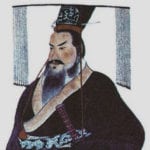 Mysteries
Mysteries  Mysteries
Mysteries  History
History 10 Surprising Stories About the Texas Rangers
 Humans
Humans 10 Philosophers Who Were Driven Mad by Their Own Theories
 Miscellaneous
Miscellaneous 10 Video-Game-Worthy Weapons and Armors from History
 Weird Stuff
Weird Stuff 10 Psychics Who Accurately Predicted Wartime Events
 The Arts
The Arts 10 Pieces of Art Inspired by a Broken Heart
 Health
Health 10 Science Fiction-Sounding New Medical Treatments
 History
History 10 Surprising Facts About the Father of Submarine Warfare
 Space
Space Ten Astonishing New Insights into Alien Worlds
 Weird Stuff
Weird Stuff 10 Bizarre Summer Solstice Rituals Still Practiced Today
 Mysteries
Mysteries Top 10 Haunting Facts About the Ghost Ship MV Alta
 History
History 10 Surprising Stories About the Texas Rangers
 Humans
Humans 10 Philosophers Who Were Driven Mad by Their Own Theories
Who's Behind Listverse?

Jamie Frater
Head Editor
Jamie founded Listverse due to an insatiable desire to share fascinating, obscure, and bizarre facts. He has been a guest speaker on numerous national radio and television stations and is a five time published author.
More About Us Miscellaneous
Miscellaneous 10 Video-Game-Worthy Weapons and Armors from History
 Weird Stuff
Weird Stuff 10 Psychics Who Accurately Predicted Wartime Events
 The Arts
The Arts 10 Pieces of Art Inspired by a Broken Heart
 Health
Health 10 Science Fiction-Sounding New Medical Treatments
 History
History 10 Surprising Facts About the Father of Submarine Warfare
 Space
Space Ten Astonishing New Insights into Alien Worlds
 Weird Stuff
Weird Stuff 10 Bizarre Summer Solstice Rituals Still Practiced Today
10 Of The Most Badass Frontierswomen In American History
The Wild West produced a variety of badass frontierswomen, and not just the gun-toting girlfriends of outlaws. Life in the West gave women new opportunities outside of the home and helped lead the way to greater equality with men. These ladies proved that womankind had what it took to hang with the guys and look good while doing it.
10 Esther Hobart Morris
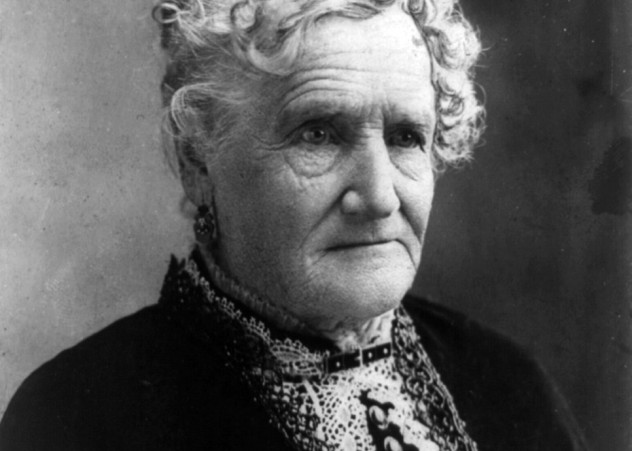
Esther Hobart Morris brought modern ideas to the Wild West. After moving to Wyoming with her second husband in search of gold, Esther found a much more important calling. Within a year of arriving in Wyoming, she helped lead a movement for women’s suffrage in the state that ended up being a success. As a result, Wyoming became the first state to give women the right to vote in 1869.
Because of her role in making suffrage a reality, Esther was named a justice of the peace. It was the first time in world history that a woman was appointed to the role. During the eight and half months that she served as a justice of the peace, she presided over an impressive 26 cases. She remained in Wyoming for the rest of her days, diligently working to extend women’s rights and eventually becoming a national figure of equality.
9 Fannie Porter
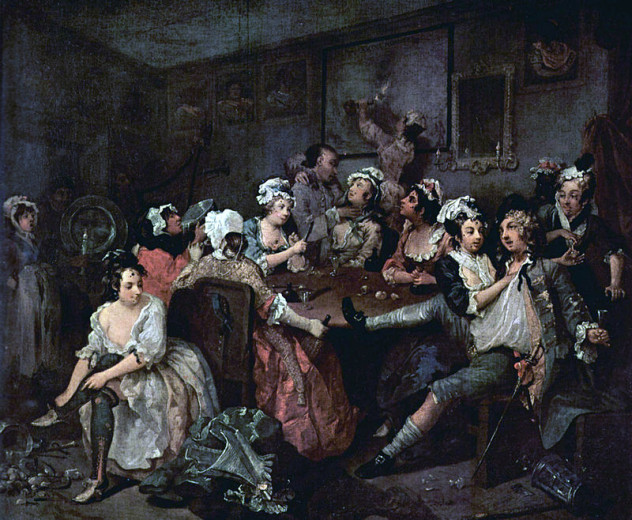
Easily one of the most successful businesswomen of all time, you could say Fannie Porter was a natural entrepreneur. By the age of 20, the young widow was running her own luxury bordello in San Antonio, Texas, and catering to the likes of the Wild Bunch as well as Butch Cassidy and the Sundance Kid. For a while, the country’s most famous outlaws visited Fannie’s establishment, hiding from the law and falling in love with her girls. Although she was well-known for her personal ties with outlaws, Fannie did regularly interact with the right side of the law and was even paid a visit by the infamous detective and lawman William Pinkerton.
When brothels could no longer openly operate in Texas, Fannie sold her house and disappeared. No one knows what happened to her, but one thing is for sure: She left the prostitution business a wealthy woman.
8 Margaret Heffernan Borland
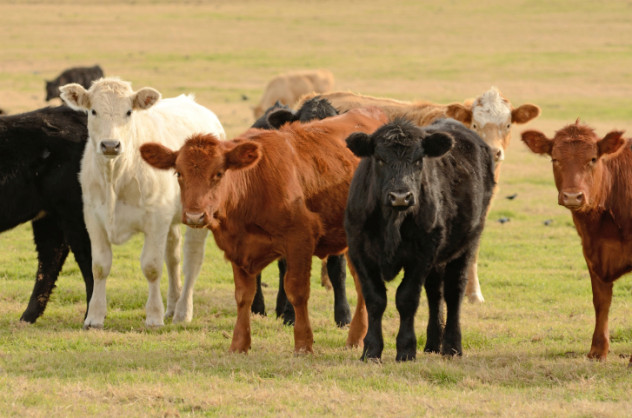
Irish-born Margaret Heffernan Borland was what’s known as a “scrapper.” Death, disease, and attacks from the Mexican Army did little to slow her down. At the age of five, her family immigrated to Texas and settled in San Patricio, not far from the coast. The new country held promise for the family, but it was also a volatile area. In 1836, when Margaret was just 12 years old, her father was killed in an attack by Native Americans. The Texas Revolution was already underway, and soon after her father’s death the family was forced to flee their home as the Mexican Army advanced. Eventually, they returned despite the presence of the Mexican Army, and Officer Jose de la Pena even noted staying with the Heffernan family during that time.
Margaret was married three times between the ages of 19 and 34. Her third marriage was to Alexander Borland, one of the wealthiest ranchers in Victoria, Texas. Margaret helped her husband run his business until his death in 1867 from yellow fever. The disease also claimed the lives of her three oldest daughters, her four-year-old son, and a grandson. Despite the devastating loss, Margaret took over the entire cattle operation herself. Within six years, she had 10,000 head of cattle, earned respect as a highly successful rancher, and became known as the first and only woman to ever lead a cattle drive.
7 Biddy Mason
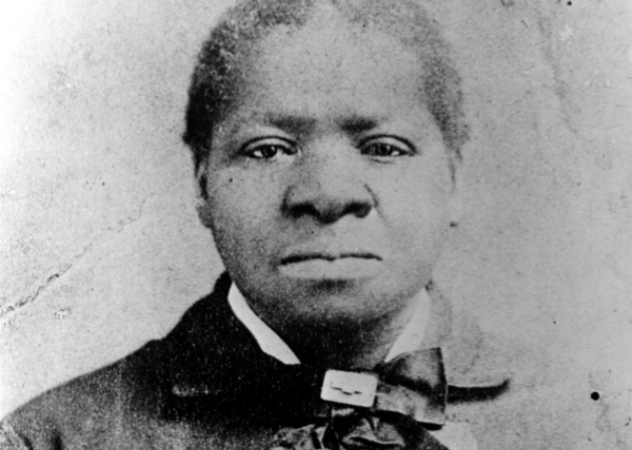
Bridget “Biddy” Mason is famous for being the first African-American woman to own land in Los Angeles, but that pales in comparison to many of her other accomplishments. Biddy was born into slavery in Mississippi. In 1847, her owner, a newly converted Mormon named Robert Marion Smith, decided to strike out west like many other Americans. Biddy and her three daughters accompanied the Smith family, walking the entire way from Mississippi to Utah.
Smith once again moved the family in 1851, this time to California. It was a move that forever changed Biddy’s life. California was a free state. In 1856, Biddy was able to petition the courts to win freedom for herself and her three daughters. As a free woman, Biddy worked as a midwife and nurse, eventually saving enough money to buy a piece of property in 1866 for $250. She continued to conduct various businesses and make real estate deals that eventually netted her a fortune of $300,000.
But Biddy was as big a philanthropist as she was an entrepreneur. She used her wealth to found the First African Methodist Episcopal church, which was the first black church in Los Angeles. Biddy also gave freely to local charities and was so prominent within the community that a Biddy Mason memorial was established in 1989.
6 Sarah “Great Western” Bowman
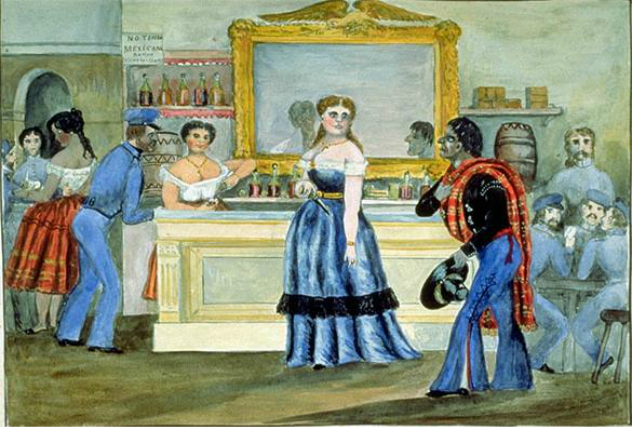
Sarah Bowman took staying in the kitchen to the extreme during the Mexican War. At that time, women could join their husbands in the field as cooks or laundresses, and that’s exactly what Bowman did in 1845. At a staggering 188 centimeters (6’2”) tall, she earned the nickname “Great Western,” but it was her fearless service during the Mexican War that won her a place in Texan history. Legend has it that during a battle at Fort Brown, she refused to retreat with the other women and continued to cook for the men even after a tray was shot right out of her hand.
The Great Western traveled on with the army into Mexico, now with her second husband. There she again showed bravery under fire during the battle of Buena Vista. Instead of cooking, this time she loaded cartridges and helped wounded soldiers off the battlefield. While in Mexico, she opened a hotel called The American House. She remained there until 1848, then headed westward with the army after picking up her third husband. Along the way, she stopped in El Paso to open another hotel that was eventually leased to the army. She continued on as a company laundress for the army through the 1860s. After her death, she was buried with full military honors in the Fort Yuma cemetery.
5 The Female Lawmen
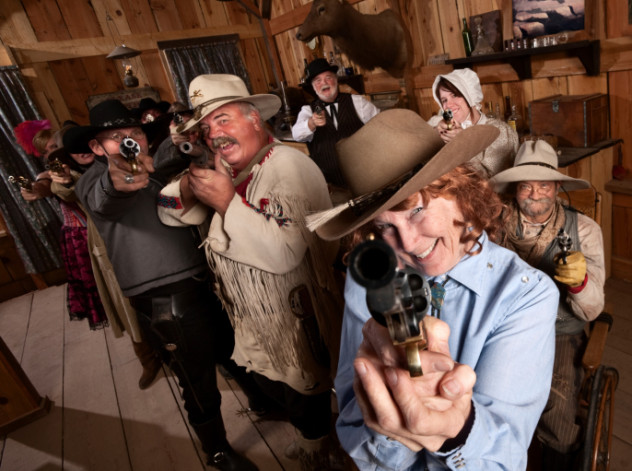
Even today, the job of a peace officer is often associated with men, not women, but back in the 1890s, several frontierswomen became United States deputy marshals. Little is documented about these lawwomen, but the few news accounts make it clear they were tough ladies with whom outlaws didn’t want to tango.
Mary Frances “Mamie” Fossett and S. M. Burche of Oklahoma were appointed peace officers by United States Marshal C. H. Thompson. As deputy marshals, Fossett and Burche served warrants and made arrests out in the field alongside their male counterparts.
F. M. Miller was a deputy marshal out of Paris, Texas, and the only known female to take on the job in Indian Territory. In 1891, the Phoenix newspaper Muskogee Weekly reported that the charming Ms. Miller, who came to town to drop off prisoners, was an excellent horsewoman who donned a cowboy hat, carried a Colt pistol, and wore a loaded pistol belt while transporting and locking up offenders.
4 Lottie Deno

When your father is a wealthy racehorse breeder and talented gambler, chances are good that you’ll pick up a few pointers along the way. This was the case for Lottie Deno. Before his death during the Civil War, Lottie’s father would take her with him to gambling halls, teaching her the art of gambling. After her father’s death, Lottie’s mother sent her to Detroit in search of a husband. Instead, Lottie hooked up with one of her father’s former jockeys and began gambling up and down the Mississippi River.
Lottie eventually found her way to San Antonio, where she became the University Club’s house gambler. The Thurmond family owned the establishment, and that is how Lottie came to know and fall in love with Frank Thurmond. After Frank killed a man, he hightailed it west, and Lottie soon followed. Gambling her way through West Texas with the likes of Doc Holiday, she became a well-known Wild West figure. It’s said that Lottie was even the inspiration for Miss Kitty in the television show Gunsmoke. Eventually, Lottie and Frank reunited and settled down in Deming, New Mexico, where they acted as upstanding citizens in the community.
3 Delia Haskett Rawson
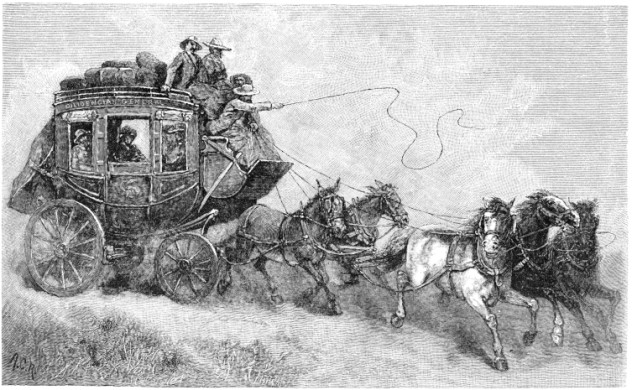 Stagecoach driving was a tough business back in the 1800s, but that didn’t stop Delia Haskett Rawson from entering the profession at just 14 years old. It was a feat that made her the first and likely youngest female to carry the mail in the state of California. She continued to blaze the trail for nine years between 1876 and 1885.
Stagecoach driving was a tough business back in the 1800s, but that didn’t stop Delia Haskett Rawson from entering the profession at just 14 years old. It was a feat that made her the first and likely youngest female to carry the mail in the state of California. She continued to blaze the trail for nine years between 1876 and 1885.
Delia’s father, Samuel W. Haskett, owned a stagecoach line, which provided her with the opportunity to take the reigns. When it came to horses, Delia had natural talent. In addition to driving the stagecoach, Delia participated in horse races, rodeo events, and beauty pageants, winning awards in all three. She later went on to be a mine owner, an oil baroness, and the only woman to be accepted into the California Pioneer Stage Drivers Association when it was formed in 1934.
2 Susan “Doc Susie” Anderson
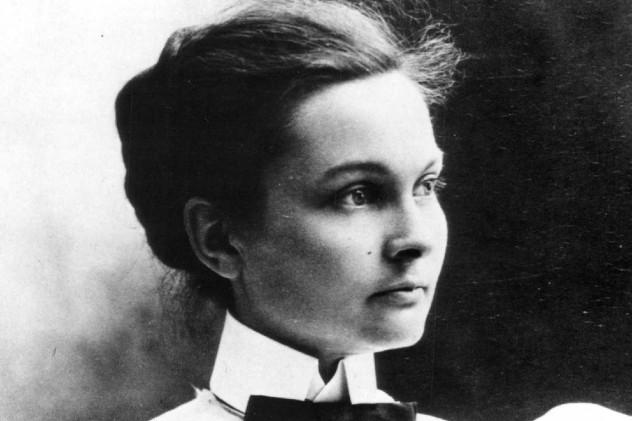
Few women practiced medicine in the 1800s, and even fewer trekked on foot through the frontier to tend to patients, but that is exactly what Susan “Doc Susie” Anderson did.
Susan’s father encouraged her to become a doctor and paid for her education at the University of Michigan. After earning her medical degree, Susan decided to move back to Cripple Creek, Colorado with her family to begin a medical practice. She quickly earned a reputation as a skilled physician, often helping injured miners.
After numerous personal setbacks, Susan left the roughneck mining town to practice medicine in Denver. Despite her skill, she was unable to establish a steady practice and instead ended up nursing for six years in Greeley, Colorado. Years before, Susan had contracted tuberculosis, and she decided that the high altitudes of Fraser, Colorado would better suit her condition. It was in Fraser that Susan really flourished as a physician and earned the nickname “Doc Susie.” Because her patients were often poor, Susan was usually paid in food or firewood. With little monetary income, Susan was fairly destitute herself until she was named the Grand County Coroner. This medicine woman continued to make house calls until the age of 84.
1 Cathay Williams
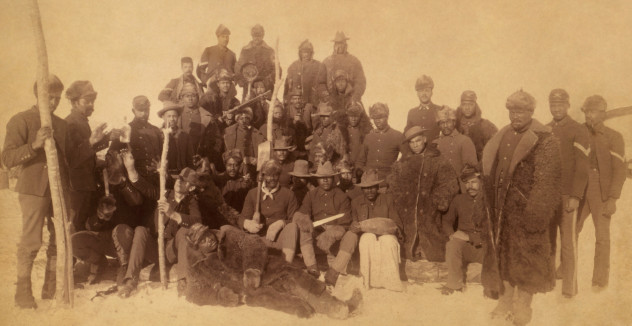
Cathay Williams got a taste of the military life early when she joined Major General Phillip H. Sheridan during the Shenandoah Valley raids. Cathay, a recently freed slave, was the cook and laundress for General Sheridan, but she had her mind set on the front lines of the battlefield.
After the Civil War ended, Cathay was dismissed from her position and had to find another way to make ends meet. When Congress officially established the first African-American regiments in 1866, Cathay decided to enlist as a “buffalo solider.” The only problem was that women weren’t allowed in the military. At 175 centimeters (5’9″), Cathay disguised herself as a man and called herself William Cathay. After a quick and clearly hasty physical, an army surgeon deemed her fit for duty. Cathay became the first African-American woman to be enlisted in the army. Even though Cathay was hospitalized five times during her two years of service fighting in the 38th Infantry, her secret was never discovered. She was eventually given a disability discharge.
Like so many people working at start-ups during the Great Recession, Ace Elliott got laid off. And it’s the best thing that ever happened for her writing career. After nearly five years working as a content manager, she decided to accept a few freelance gigs while looking for a full-time job. One thing led to another and pretty soon she was working full time as a freelance writer and loving every second. Always the scholar, Ace enjoys learning and writing about basically anything. Her specialties include real estate, home decor, food, health, beauty and education.




